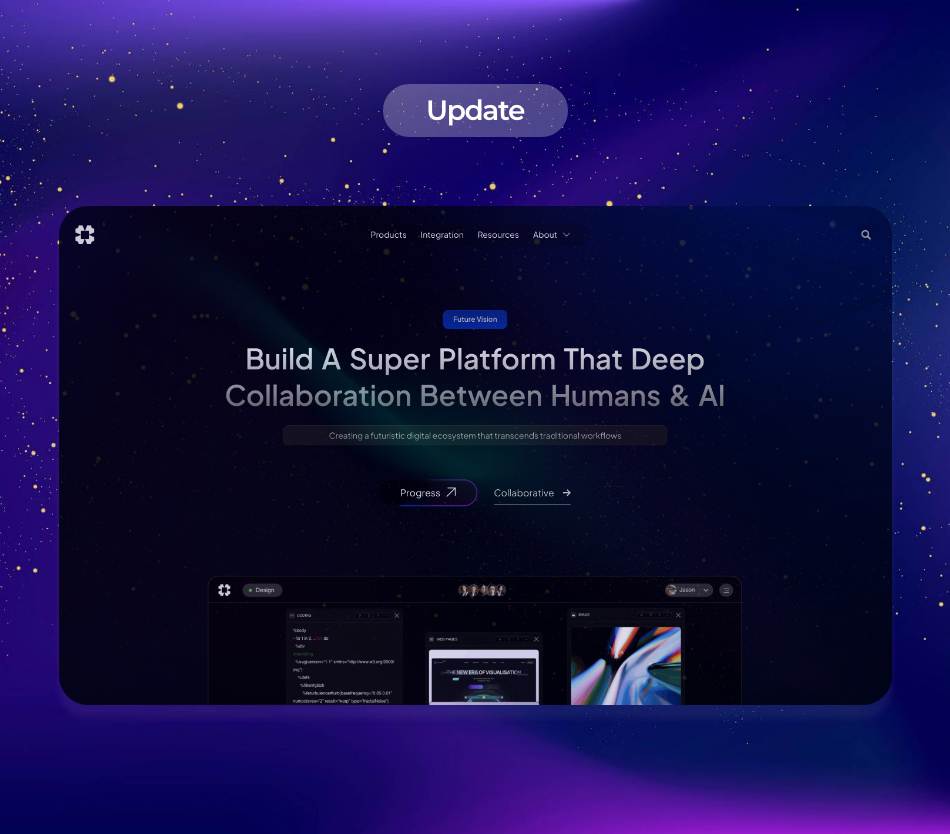In the rapidly evolving landscape of retail, the integration of advanced technologies such as Task Automation and Edge Computing Operating Systems (Edge Computing OS) is transforming how businesses operate. The emergence of AIOS (Artificial Intelligence Operating Systems) specifically designed for retail automation is at the forefront of this transformation, enabling retailers to enhance efficiency, improve customer experiences, and drive profitability.
.
**Understanding Task Automation in Retail**
Task Automation refers to the use of technology to perform repetitive and time-consuming tasks without human intervention. In the retail sector, this can include everything from inventory management and order processing to customer service and marketing. By automating these tasks, retailers can free up valuable human resources, allowing employees to focus on more strategic initiatives that enhance customer engagement and satisfaction.
.
One of the key benefits of Task Automation is its ability to reduce operational costs. According to a report by McKinsey & Company, businesses that implement automation can reduce their operational costs by up to 30%. This significant reduction in costs can be reinvested into other areas of the business, such as marketing, product development, or enhancing customer service capabilities.
.
**The Role of Edge Computing OS in Retail**
Edge Computing OS plays a crucial role in the retail sector by enabling real-time data processing closer to the source of data generation. This is particularly important in retail environments where speed and efficiency are critical. Edge Computing OS allows retailers to process data at the edge of their networks, reducing latency and improving response times.
.
For instance, in a retail store, sensors and IoT devices can collect data on customer behavior, inventory levels, and sales trends. With Edge Computing OS, this data can be analyzed in real-time, providing retailers with actionable insights that can inform decision-making. This capability is particularly valuable during peak shopping periods, such as holidays or sales events, where understanding customer behavior can significantly impact sales performance.
.
**AIOS: The Future of Retail Automation**
AIOS, or Artificial Intelligence Operating Systems, represent the next generation of retail automation. These systems leverage artificial intelligence and machine learning algorithms to optimize various aspects of retail operations. From inventory management to personalized marketing, AIOS can analyze vast amounts of data to identify patterns and make predictions that drive business outcomes.
.
For example, AIOS can analyze customer purchase history and preferences to deliver personalized product recommendations. This level of personalization not only enhances the customer experience but also increases the likelihood of additional sales. According to a study by Epsilon, 80% of consumers are more likely to make a purchase when brands offer personalized experiences.
.
Moreover, AIOS can automate inventory management processes. By predicting demand based on historical sales data and current market trends, AIOS can help retailers maintain optimal inventory levels, reducing the risk of stockouts or overstock situations. This not only improves operational efficiency but also enhances customer satisfaction by ensuring that products are available when customers want them.
.
**Trends in Retail Automation**
The retail industry is witnessing several key trends in Task Automation and Edge Computing OS, driven by the need for greater efficiency and improved customer experiences. One of the most significant trends is the increasing adoption of IoT devices. Retailers are utilizing IoT sensors to gather data on customer behavior, inventory levels, and store performance. This data is then processed using Edge Computing OS to provide real-time insights that inform business decisions.
.
Another trend is the rise of omnichannel retailing. Consumers today expect a seamless shopping experience across multiple channels, including online, mobile, and in-store. AIOS can help retailers integrate these channels by providing a unified view of customer interactions and preferences. This enables retailers to deliver consistent messaging and personalized experiences, regardless of the channel.
.
Additionally, the use of chatbots and virtual assistants powered by AIOS is becoming increasingly common in retail. These tools can handle customer inquiries, provide product recommendations, and assist with order processing, all while learning from customer interactions to improve over time. This not only enhances customer service but also reduces the workload on human staff.
.
**Industry Applications of AIOS in Retail**
The applications of AIOS in retail are vast and varied. One notable application is in supply chain optimization. AIOS can analyze data from various sources, including suppliers, logistics providers, and market trends, to optimize supply chain operations. This can lead to reduced lead times, lower costs, and improved product availability.
.
Another application is in dynamic pricing. AIOS can analyze market conditions, competitor pricing, and customer demand to adjust prices in real-time. This allows retailers to remain competitive while maximizing profitability. According to a report by Deloitte, retailers that utilize dynamic pricing can increase their revenue by up to 10%.
.
AIOS is also being used for fraud detection and prevention. By analyzing transaction data in real-time, AIOS can identify suspicious patterns and flag potentially fraudulent transactions before they occur. This not only protects retailers from financial losses but also enhances customer trust and loyalty.
.
**Technical Insights: Implementing AIOS and Edge Computing OS**
Implementing AIOS and Edge Computing OS in retail requires careful planning and execution. Retailers must first assess their current technology infrastructure and identify areas where automation can deliver the most significant benefits. This may involve upgrading existing systems, investing in new technologies, or partnering with third-party vendors.
.
Data security is another critical consideration. As retailers collect and analyze vast amounts of customer data, they must ensure that this data is protected from breaches and unauthorized access. Implementing robust cybersecurity measures and complying with data protection regulations is essential for maintaining customer trust.
.
Finally, retailers must invest in training and development for their staff. While automation can enhance efficiency, human oversight is still necessary to ensure that systems operate effectively. Providing employees with the skills and knowledge to work alongside AIOS and Edge Computing OS will be crucial for maximizing the benefits of these technologies.
.
**Conclusion: The Future of Retail Automation**
The integration of Task Automation, Edge Computing OS, and AIOS is revolutionizing the retail industry. By leveraging these technologies, retailers can enhance operational efficiency, improve customer experiences, and drive profitability. As the retail landscape continues to evolve, those who embrace automation and advanced technologies will be well-positioned to succeed in an increasingly competitive market.
.
As we look to the future, it is clear that the convergence of these technologies will play a pivotal role in shaping the retail experience. Retailers that invest in Task Automation and Edge Computing OS through AIOS will not only streamline their operations but also create a more personalized and engaging shopping experience for their customers. The future of retail is here, and it is powered by technology.
.
**Sources:**
1. McKinsey & Company. (2023). “The Future of Work: Automation and the Workforce.”
2. Epsilon. (2023). “The Power of Personalization in Retail.”
3. Deloitte. (2023). “Dynamic Pricing: The Key to Competitive Advantage in Retail.”



























